How Much Physical Activity Do Older Adults Need?
It's essential for everyone, including seniors, to participate in regular physical activity. This is a vital part of maintaining their overall health and mobility.
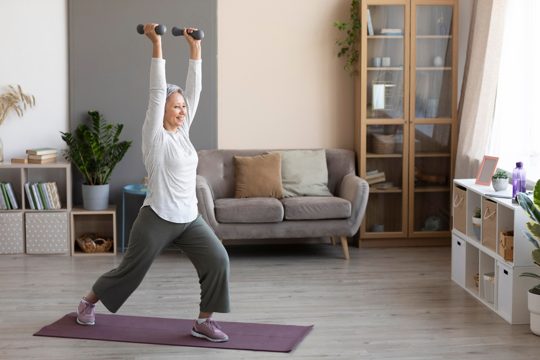
Additionally, it aids in preserving their independence. However, the specific type and volume of physical exercise needed can differ based on age.
Thus, it's important to understand that physical activity requirements may change as one grows older.
Understanding the Importance of Physical Activity for Older Adults
Engaging in consistent physical activity is crucial for elderly individuals as it lessens the likelihood of chronic disease development. This habit not only enhances mood but also promotes better mental health, contributing to prolonged independence. Additionally, it provides an energy surge, aids in weight management, and enhances sleep quality.

It is also beneficial in improving mobility and stability. Consequently, regular exercise reduces the potential for fall-related injuries.
Moderate-Intensity Aerobic Activity for Older Adults
Aerobic activities of moderate intensity are those that elevate your heart rate and result in hard breathing, yet still enable you to converse. Brisk walking, swimming, and lawn mowing are just a few examples of such activities.
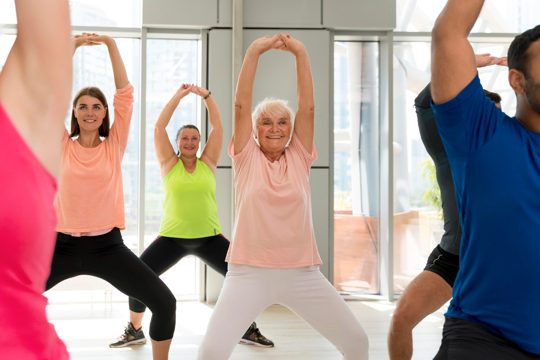
These are particularly beneficial for older adults. It is recommended that they engage in these activities for a minimum of 150 minutes per week. This is equivalent to 2.5 hours of moderate-intensity aerobic activity weekly.
Vigorous-Intensity Aerobic Activity for Older Adults
Vigorous-intensity aerobic activity, on the other hand, significantly raises your heart rate and makes you breathe hard and fast, making it a bit difficult to hold a conversation. Examples include jogging, aerobics, or fast cycling.
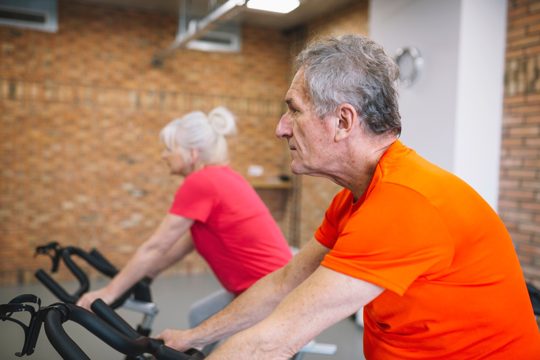
For older adults who are in good health and have been physically active, they should aim for at least 75 minutes (1 hour and 15 minutes) of vigorous-intensity aerobic activity each week. Again, this can be broken down into smaller chunks of time, such as 15 minutes a day, five days a week.
An Equivalent Mix of Moderate and Vigorous-Intensity Aerobic Activity
Alternatively, older adults can engage in an equivalent mix of moderate- and vigorous-intensity aerobic activity. This means that 1 minute of vigorous-intensity activity is about the same as 2 minutes of moderate-intensity activity.

So, for example, you could do 30 minutes of vigorous-intensity activity and 60 minutes of moderate-intensity activity. This mix can provide the same benefits as either intensity alone, but provides more variety and can be more enjoyable.
Muscle-Strengthening Activities for Older Adults
Muscle-strengthening activities are also important for older adults. These activities should work all the major muscle groups of the body (legs, hips, back, abdomen, chest, shoulders, and arms).
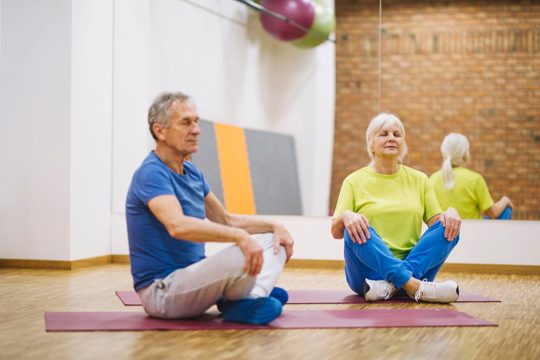
Examples include lifting weights, working with resistance bands, doing exercises that use your body weight for resistance (such as push-ups and sit-ups), heavy gardening (such as digging and shoveling), and yoga. Older adults should engage in muscle-strengthening activities at least two days a week.
The Benefits of Muscle-Strengthening Activities
Engaging in muscle-strengthening exercises can lead to a multitude of health advantages. These activities can enhance muscle strength, boosting balance and coordination.

This helps to reduce the potential for falls, promoting safety in daily life. Regular participation in such activities can also improve one's capability to perform day-to-day tasks. Additionally, these activities play a crucial role in maintaining bone density, thereby mitigating the risk of osteoporosis.
Important Considerations for Older Adults
While older adults should aim to meet these physical activity recommendations, it's important to remember that some activity is better than none. If you can't do the recommended amounts due to health conditions, you should be as physically active as your abilities and conditions allow.
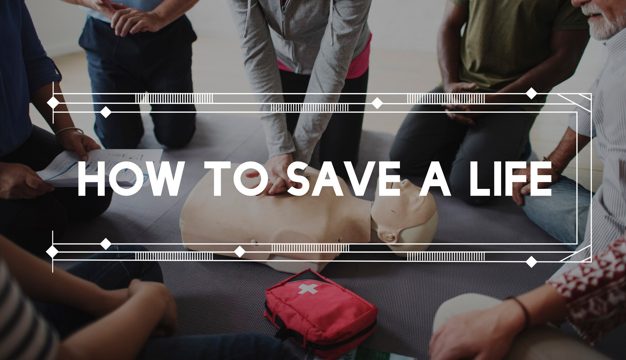
Try to do activities that maintain or improve balance if you're at risk for falls. Always check with your doctor before starting a new physical activity routine.
The Role of Caregivers and Family Members
The role of caregivers and family members is vital in promoting physical activity among older adults. These individuals can provide valuable support and motivation during exercise routines. Their presence can also instill a sense of companionship for the elderly during these activities.
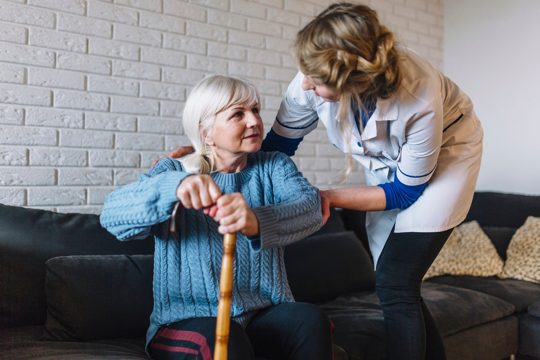
Furthermore, they are instrumental in maintaining safety during such physical engagements. Hence, their involvement is essential for the well-being and active lifestyle of older adults.
Making Physical Activity a Routine
Engaging in physical activity on a daily basis is essential. You have the flexibility to select exercises that you find enjoyable. Opting for activities that can be performed routinely is advisable.

Having a fixed schedule for these physical activities can be beneficial. Thus, it is key to make regular exercise a part of your everyday routine.
Overcoming Challenges to Physical Activity
As an older adult, engaging in physical activity may present certain difficulties. These could range from time constraints to a simple lack of motivation.
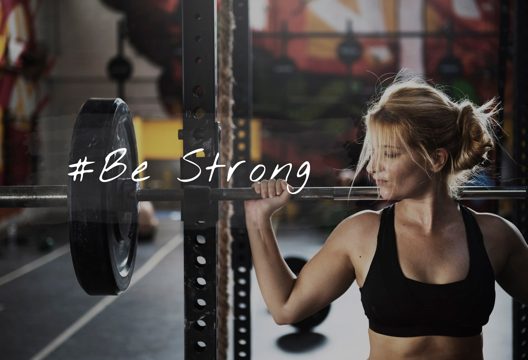
Additionally, fears of potential injury or existing physical restrictions may also pose as obstacles. However, it is crucial to devise strategies to surmount these challenges.
Overcoming these barriers is critical in maintaining physical fitness and overall health.
Physical Activity and Chronic Conditions
It's vital to maintain physical activity even when dealing with chronic conditions like heart disease, diabetes, or arthritis. Engaging in physical exercise can aid in managing these health issues and enhancing your overall well-being. However, it is crucial to consult with your doctor first.
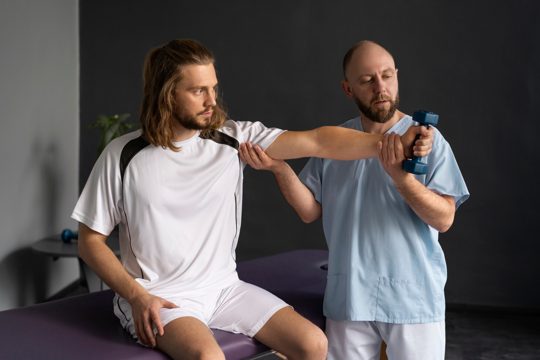
Your physician can guide you on the appropriate type and quantity of exercise for your condition. This way, you ensure your physical activity is both safe and beneficial.
Staying Motivated to Be Active
Maintaining motivation for physical activity can sometimes pose as a difficult task. Nevertheless, there exist certain tactics that can aid in overcoming this challenge.
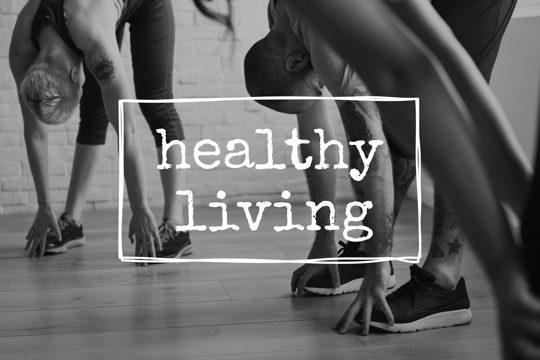
One of the key strategies includes setting specific targets for yourself. Monitoring your advancement towards these goals is also quite vital.
Finally, it's important to treat yourself as a form of encouragement for the hard work you've put in, thus keeping your motivation levels high.
Choosing Appropriate Activities
Selecting activities that match your health conditions and fitness level is essential. Look for activities that bring you joy and can be integrated seamlessly into your daily routine. If you're just beginning to incorporate physical exercise into your life, it's important to start with a slow pace.

Over time, you can slowly enhance the intensity of your physical activity. Gradually raising your activity levels will make the transition smoother and more manageable.
Safety Tips for Physical Activity
When engaging in physical activities, prioritizing safety is crucial. Utilizing suitable equipment and gear is essential. It's also very important to keep yourself hydrated.

Paying attention to what your body is telling you is equally significant. If you experience any discomfort, breathing difficulties, or dizziness while exercising, it's advisable to stop and take a rest.
The Role of Physical Activity in Preventing Falls
Engaging in physical activity is essential for older adults as it can aid in avoiding falls. Such activities that enhance strength are beneficial.
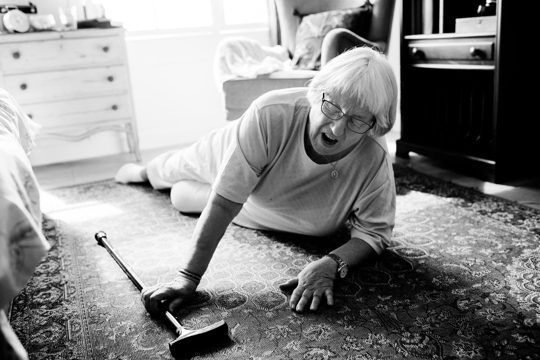
Balance and coordination can also significantly improve with these exercises. Tai Chi and yoga are two examples of such activities.
Strength training exercises are also recommended.
Physical Activity and Mental Health
Physical activity is not only beneficial for physical health, but also significantly advantageous for mental wellness. By engaging in regular exercise, symptoms of depression and anxiety can be mitigated.
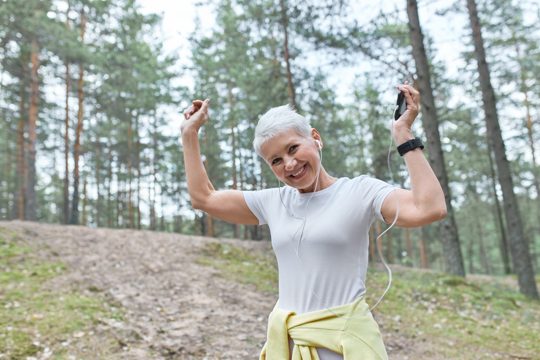
Moreover, consistent physical workouts can elevate mood and enhance general wellbeing. Another benefit of regular exercise is the improvement of sleep quality.
Lastly, cognitive functions can also see a boost through consistent physical activity.
Community Resources for Physical Activity
Numerous community resources exist to aid older adults in maintaining physical activity. Senior centers are among these resources.
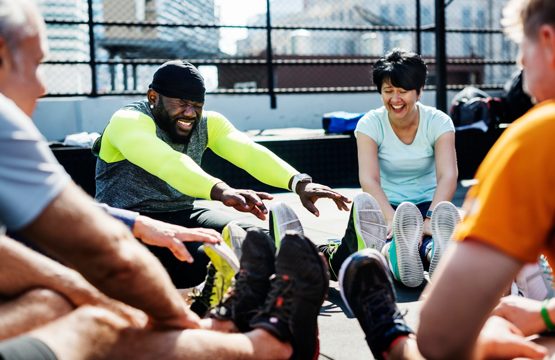
Parks and recreation departments also serve this purpose. Local health clubs are another valuable resource. Many of these establishments provide programs and classes tailored specifically for the needs of older adults.
The Importance of Regular Check-Ups
Maintaining your health requires regular consultations with your doctor. Physical activity is a key component of this health maintenance. It's your doctor who can guide you on the kind and extent of physical activity suitable for you.
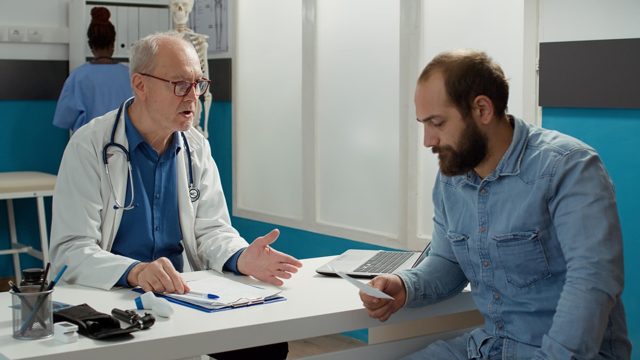
Moreover, they have the ability to track your health progress. In addition, they can assist you in managing any existing health conditions.
In Conclusion: The Power of Physical Activity
In conclusion, physical activity is a powerful tool for maintaining and improving health in older adults. Whether it's moderate-intensity aerobic activity, vigorous-intensity aerobic activity, an equivalent mix of the two, or muscle-strengthening activities, it's important to stay active.
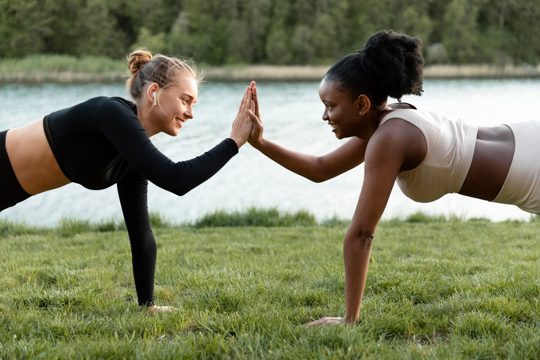
Start slowly, listen to your body, and gradually increase your activity level. Remember, some physical activity is better than none, so start where you are and make progress at your own pace.
About us
Welcome to SeniorCaresHub! Welcome to our comprehensive senior care destination! We pride ourselves on being a trusted resource for all things related to caring for aging loved ones. We understand the unique needs and challenges that come with senior care, and our mission is to provide you with the information, resources, and support you need to confidently navigate this journey and help you provide the best possible care for your aging loved one.

